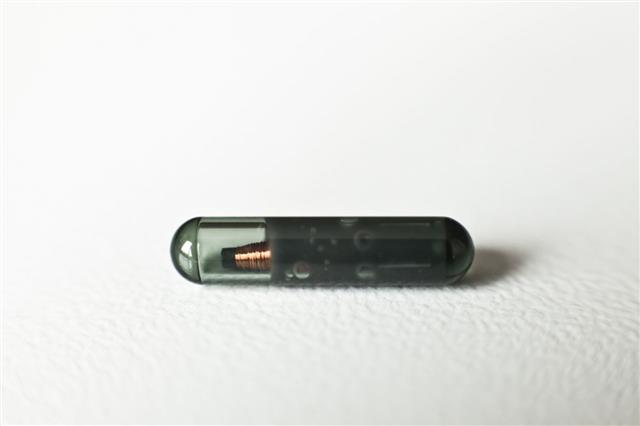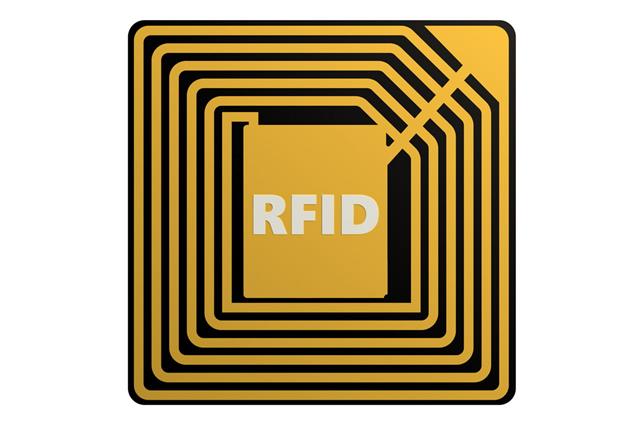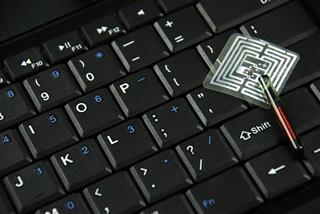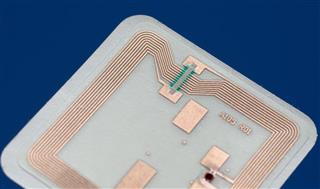
Radio Frequency Identification (RFID) has been in existence for around 50 years now, but very few people are aware of its uses. Planting an RFID chip in humans is just an advancement of this technology. But what is this technology used for, and what are its pros and cons?
The usage of RFID chips in individuals suffering from certain ailments is approved by the FDA.
Before talking about RFID chips in humans, we need to understand what Radio Frequency Identification technology is, and what it is used for. This technology is used for tracking goods, animals and even humans.
Radio Frequency Identification
An RFID tag consists of two parts; an integrated circuit chip and an antenna. The antenna can identify the chip, even if it does not fall in its line of sight.
Usefulness
The real usefulness can be understood, through comparing it to bar code technology, used while selling products in a shopping mall. Each product is individually scanned for the bill to be made. Now, if RFID technology is used instead, then you can place all the products you wish to purchase in the one basket and all the products can be detected simultaneously. The billing of the products that you purchase can in fact, be done faster using this technology.
There are basically three types of tags
Active RFID Tag
An active tag has an inbuilt battery to trigger the signals through the antenna.
Passive RFID Tag
Passive tags do not have any internal battery and need an external source to help trigger radio frequency signals through the tag.
Battery-assisted Passive RFID Tag
The battery-assisted passive tag requires a battery to start the device but has a significant amount of power to carry on the signal transmission process.
Every tag is given a unique number, similar to the user identification number. The processing device reads the tag, and hence, finds out information about the article.
Now, let us take a look at RFID frequency. High frequency RFID systems typically operate in frequency ranges 850 MHz to 950 MHz and 2.4 GHz to 2.5 GHz. These devices can transmit over a range of 90 feet. Low frequency RFID systems have small ranges, somewhere around 6 feet and operate at a frequency of 30 Khz to 500 Khz. RFID is sometimes also referred to as Dedicated Short Range Communication (DSRC).
Why Use RFID Chip in Humans
One important application of implanting these chips in humans, is in the field of medicine. It can be used for storing a person’s medical history. So, if a person is brought into a hospital severely injured or unconscious, it would be extremely useful for the medical practitioner to learn the patient’s medical history, just by using a scanner that recognizes the chip implanted in that person. This useful purpose is why the US Food and Drug Administration allowed implanting these chips in certain people, namely patients suffering from cardiovascular disease, diabetes or Alzheimer’s disease.
Each chip contains a unique number. Once this number is obtained, it can be used to pull up the patient’s medical history, from a master database.
Associated Disadvantages
Many people debate over the use of RFID chip in humans and feel that it will take away their privacy. Let us rather take a look at what are its possible disadvantages. There are some complications that may arise because of an implanted chip, which have been researched by the US, Food and Drug Administration.
These chips can cause problems when a patient is going through an MRI (Magnetic Resonance Imaging). One possible risk is the migration of the implanted transponder and in some cases, the chip may cause adverse tissue reaction.
RFID chips nowadays cost somewhere around 50 cents and is implanted through a surgical procedure, in which a chip of the dimension of 12 mm X 2.2 mm is implanted under the skin.
They have been used in a number of ways already. Product tracking, animal tracking, inventory control and passports are just a few of its applications. However, mass implantation of such chips in humans will need to undergo a certain amount of discussion. Debates over privacy issues and medical issues, need to be solved before RFID chips can be used on a very large scale.




